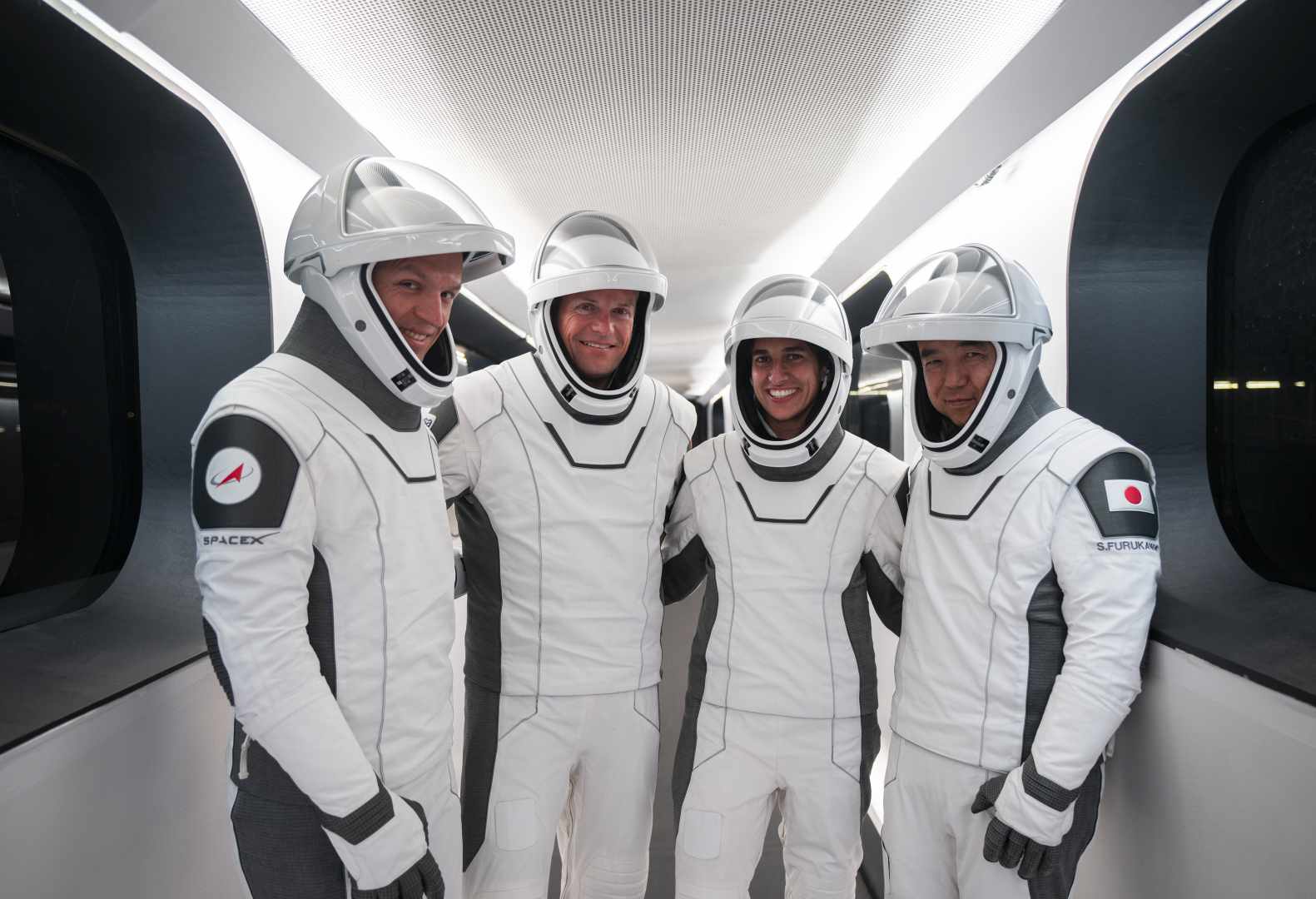
Four spacefarers from four sovereign nations—a former Marine Corps helicopter pilot, a Danish aerospace engineer, a Japanese surgeon and a Russian engineer—are enjoying their final day on Mother Earth, before launching early Friday for a six-month stay aboard the International Space Station (ISS). Crew-7 Commander Jasmin Moghbeli, Pilot Andreas Mogensen and Mission Specialists Satoshi Furukawa and Konstantin Borisov will launch aboard Dragon Endurance at 3:49 a.m. EDT tomorrow, ahead of an autonomous docking at the space-facing (or “zenith”) port of the Harmony node at about 2:02 a.m. EDT Saturday, bringing the station’s representative population to five nations.
It will mark only the fifth occasion in ISS history that as many as five sovereign nations have been simultaneously represented aboard the sprawling orbital outpost. That figure began with two nations—the two major partners, the United States and Russia—on STS-88, the inaugural Space Shuttle assembly mission, back in December 1998.
It then sprang to three on shuttle Discovery’s STS-96 flight the following May, whose crew comprised U.S., Russian and Canadian crew members. Four nations were aboard the complex together for the first time in April 2001, when shuttle Endeavour’s STS-100 crew and the station’s incumbent Expedition Two team included representatives of the United States, Russia, Canada and Italy.
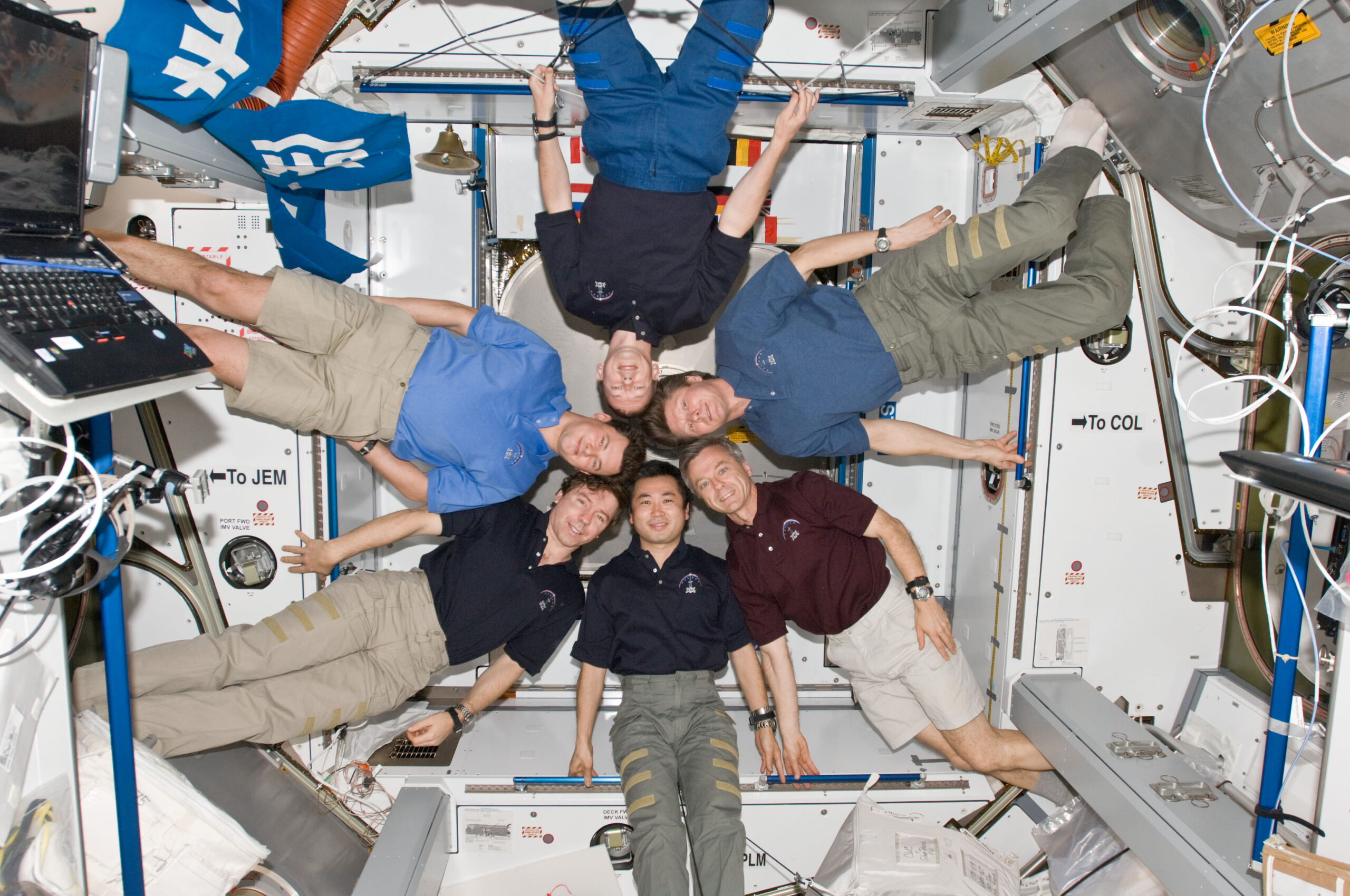
But five nations has been a rarer occurrence, first seen in May 2009 during Expedition 20, when the long-duration ISS population first expanded beyond three crew members. Between May and July of that year, the station’s crew included Americans, Russians, a Japanese, a Canadian and a Belgian.
Following the departure of Japan’s Koichi Wakata in July 2009, Sweden’s Christer Fuglesang arrived in August, pushing the figure back up to five nations for a handful of days. A span of more than a half-decade then ensued before the United States, Russia, Japan, Denmark—on Mogensen’s first flight—and Kazakhstan were aboard the ISS together in September 2015.
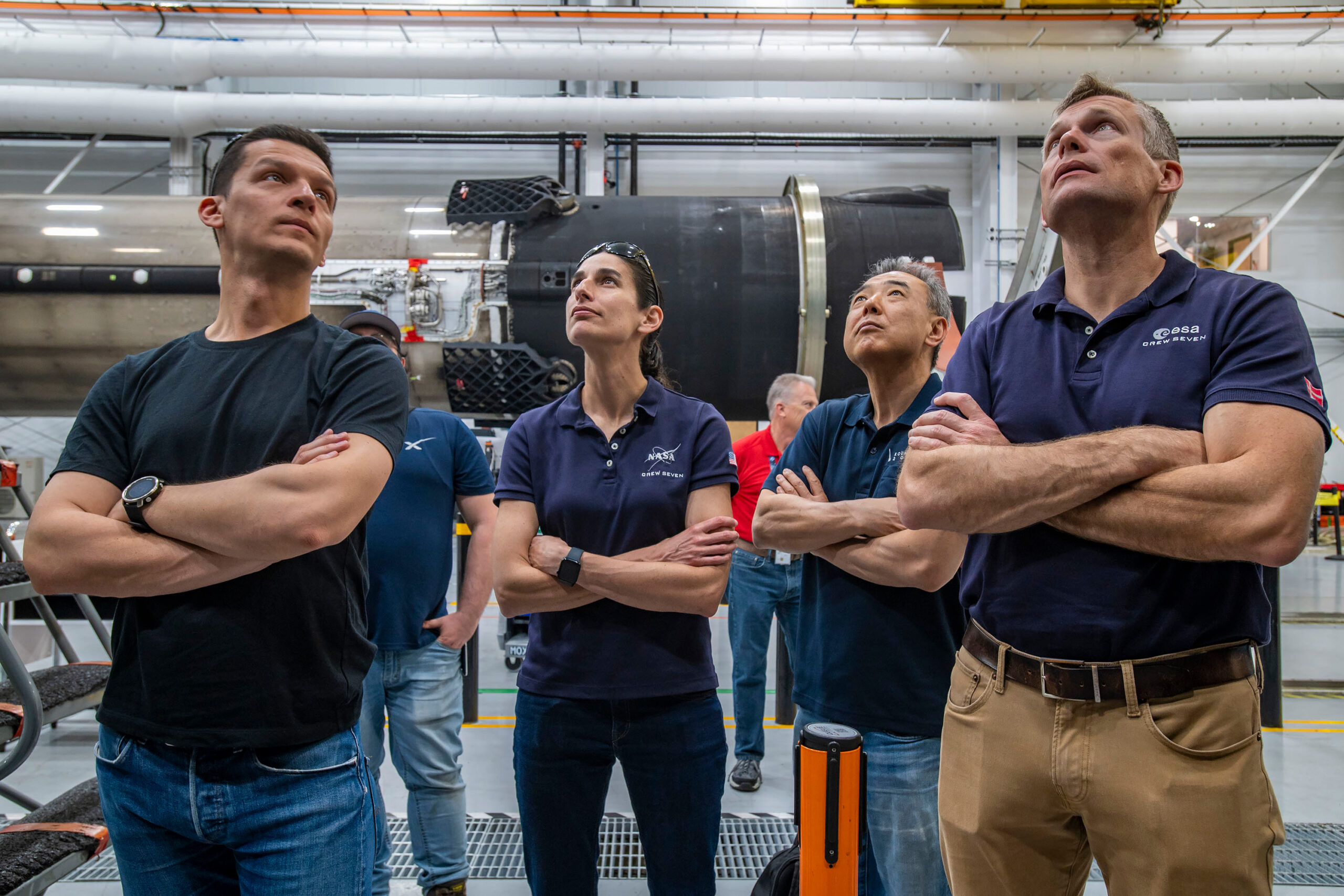
Most recently, five nations were briefly aboard the station in early April of last year, with U.S., Russian and German partners as part of Expedition 66, to be joined for a few days by Houston, Texas-based AxiomSpace, Inc.’s historic Ax-1 crew, which included among its crew a Canadian philanthropist and Israel’s second man in space.
Yet Crew-7’s composition is unusual as the first Commercial Crew mission in which all four of its astronauts and cosmonauts originate from four different nations, a fact not lost on Moghbeli when she arrived at Florida’s Kennedy Space Center (KSC) last Sunday, telling journalists to note a different flag patch on each crew member’s shoulder. Moghbeli and Mogensen were assigned to command and pilot Crew-7 in March of last year, the former set to become only the second woman to command a crew on her first spaceflight and the latter due to make history as the first non-U.S. astronaut to serve in a piloting position on an American spacecraft.
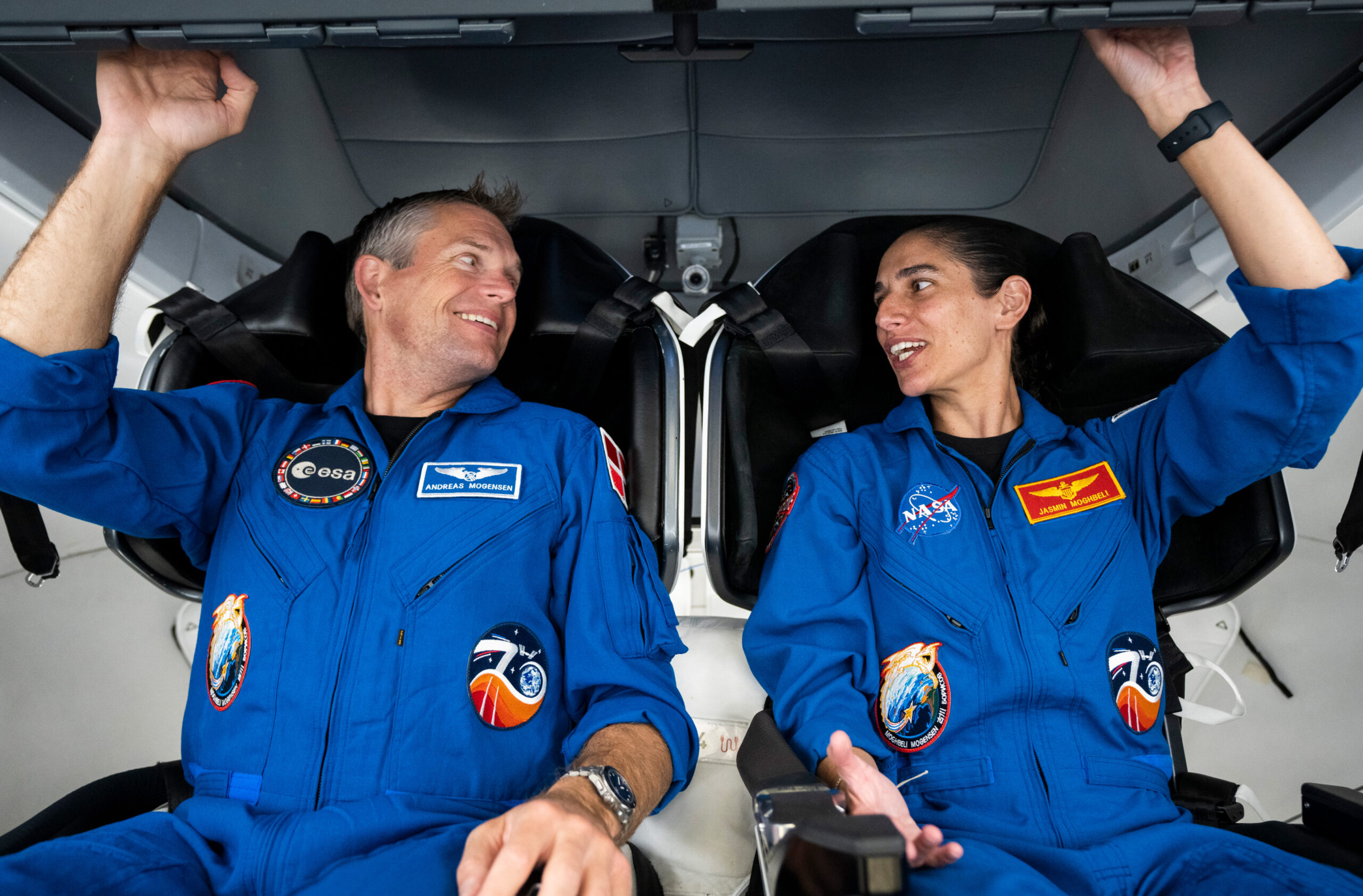
Their crew was completed earlier this year, with veteran Japanese astronaut Furukawa confirmed in late May and Russia’s Borisov in mid-June. Although Mogensen spent ten days in orbit in September 2015, and Furukawa logged a six-month increment back in April-September 2011, both Moghbeli and Borisov are making their first flights.
Forty-year-old Moghbeli, a Marine Corps lieutenant-colonel, was born in Bad Nauheim, then in West Germany, to an Iranian family, who later settled in the United States. She earned a bachelor’s degree in aerospace engineering with information technology from Massachusetts Institute of Technology (MIT)—playing volleyball, lacrosse and basketball during her undergraduate years—and entered the Marine Corps in 2005 to train as an AH-1 Super Cobra attack helicopter pilot.
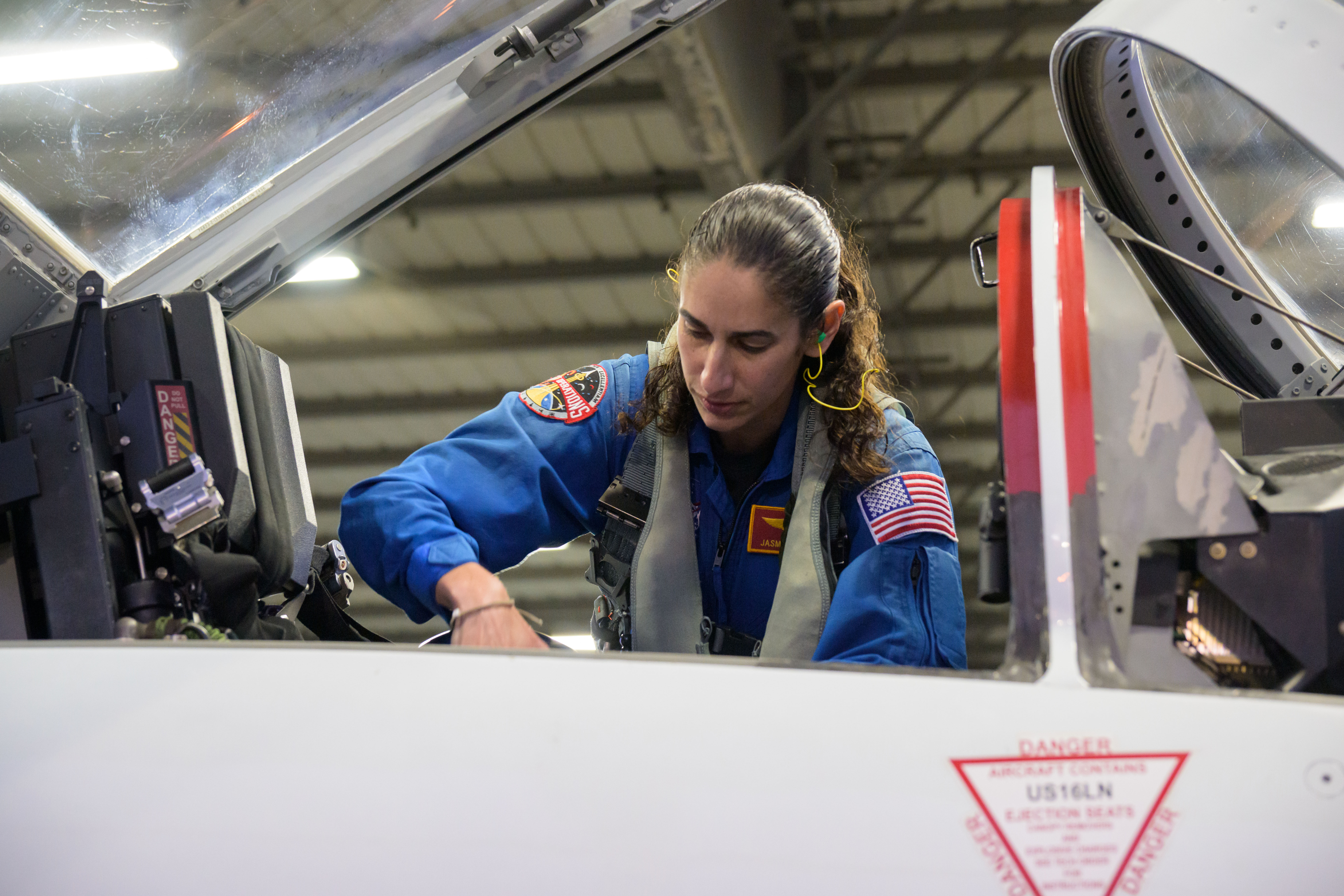
Moghbeli deployed three times overseas and completed 150 combat missions, then earned a master’s degree in aerospace engineering from the U.S. Naval Postgraduate School and graduated from Naval Test Pilot School as a helicopter test pilot. Selected by NASA in June 2017, she was identified—amid great fanfare—as a member of the “Artemis Team” in December 2020, before drawing the Crew-7 command last year.
Mogensen, aged 46, became Denmark’s first man in space in September 2015, logging nine days, 20 hours and 14 minutes in orbit. Born in Copenhagen, he received an international basccalaureate from Copenhagen International School, before earning a master’s degree in aeronautical engineering from Imperial College London in the United Kingdom and a doctorate from the University of Texas at Austin.
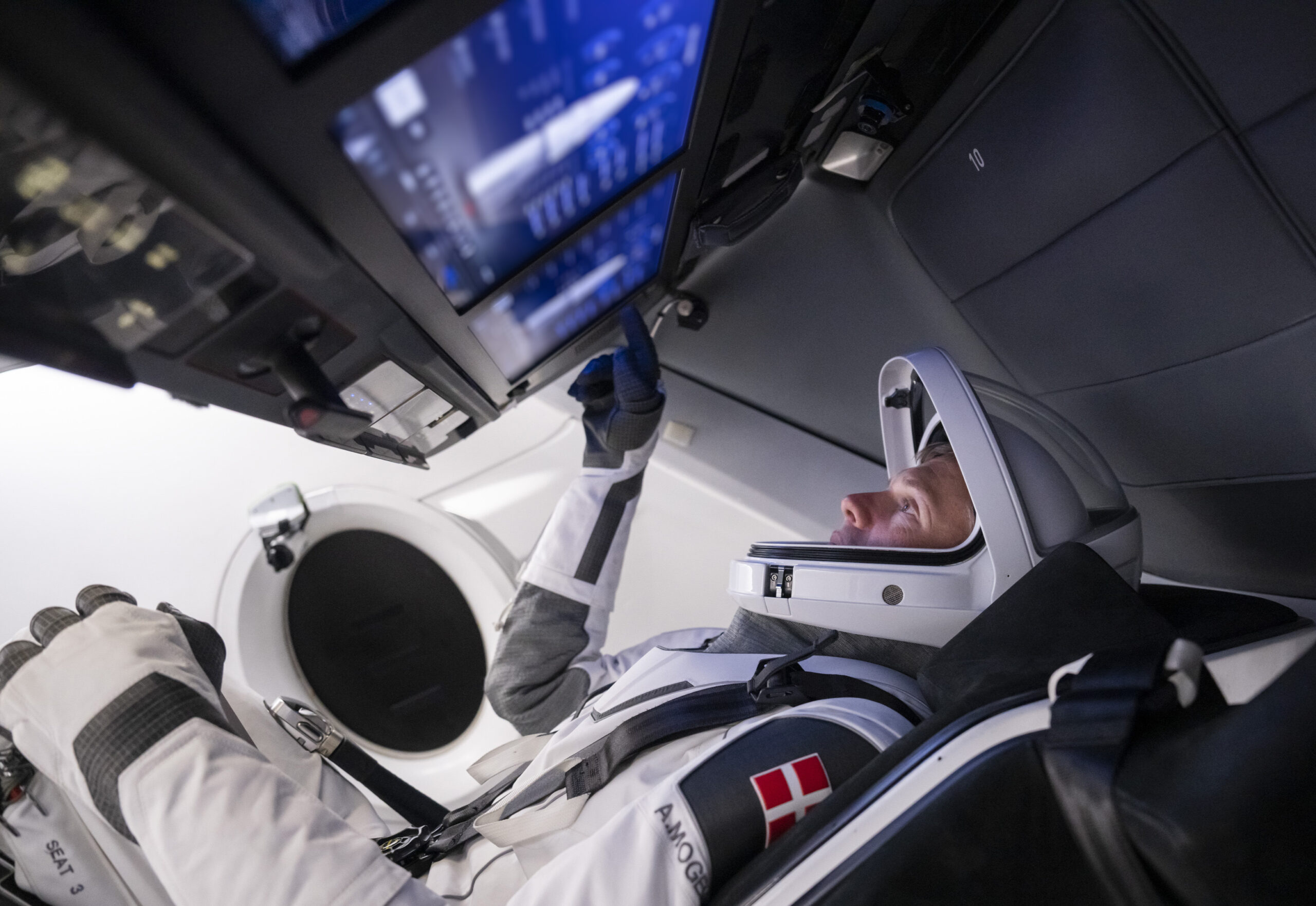
He served as an engineer on wind-turbine systems in his home country and later worked in Germany on attitude and orbit control systems for the European Space Agency’s (ESA) 2013-launched Swarm mission to explore Earth’s magnetic field. Selected as an ESA astronaut candidate in May 2009—the first Dane ever to do so—Mogensen participated in CAVES training in Sardinia, served as an aquanaut aboard the Aquarius undersea laboratory, off Key Largo in the Florida Keys, before his first space mission.
Fifty-nine-year-old Furukawa, a Japanese surgeon born in Yokohama, will be returning to the ISS for the second time, having spent 167 days in space between April and September 2011 on Expeditions 28/29. He earned his medical degree and a doctorate in medical science, both from the University of Tokyo.
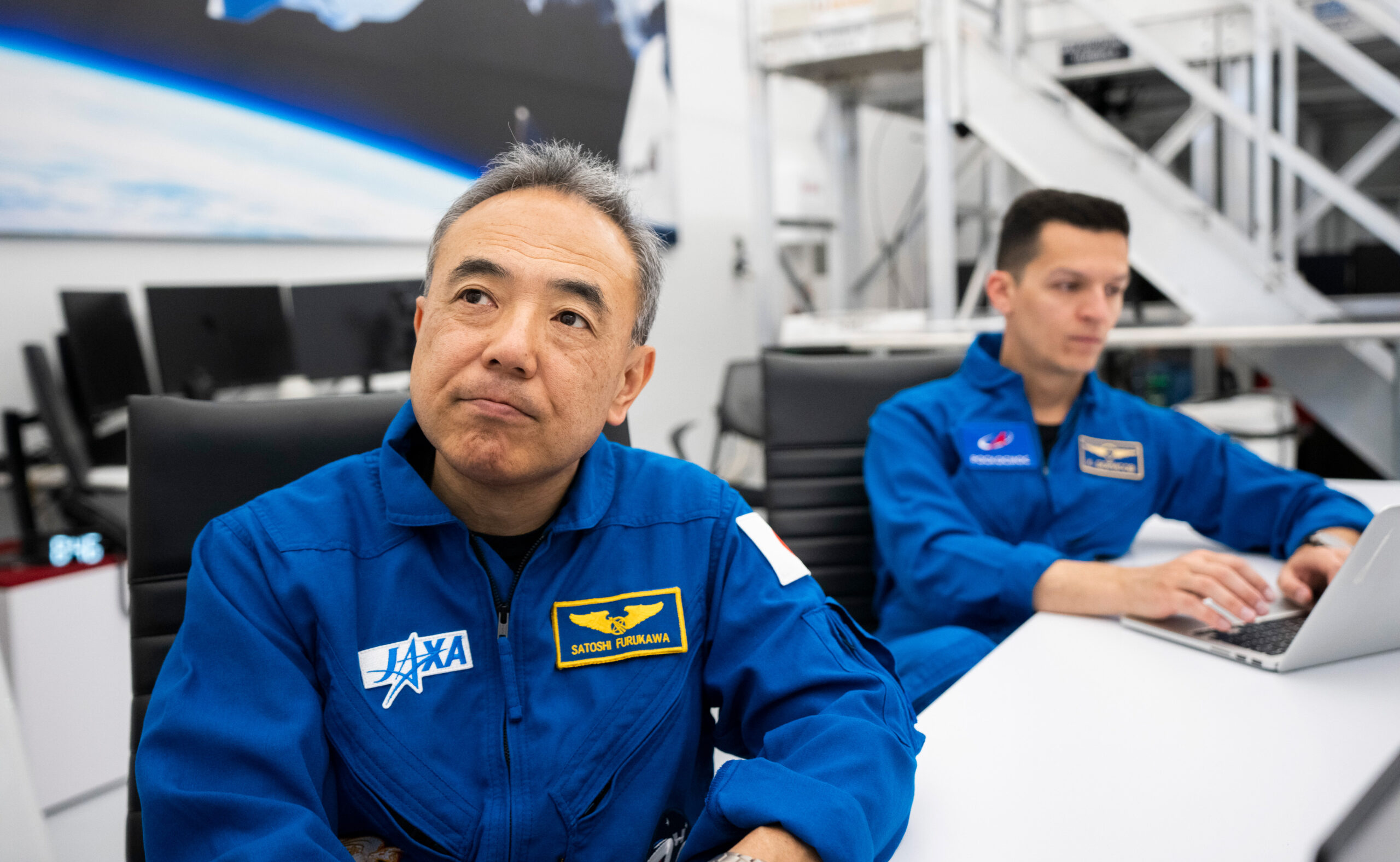
Furukawa worked as a surgeon for a decade, prior to selection by the National Space Development Agency of Japan (NASDA)—forerunner of today’s Japan Aerospace Exploration Agency (JAXA)—in February 1999. His wait for space would be a long one, however, and like Mogensen he participated both in ESA’s CAVES program and as an Aquarius aquanaut.
Rounding out Crew-7 is 39-year-old Borisov, born in the Russian city of Smolensk, to the southwest of Moscow. Notably, Smolensk was also the birthplace of the first human in space, Yuri Gagarin.
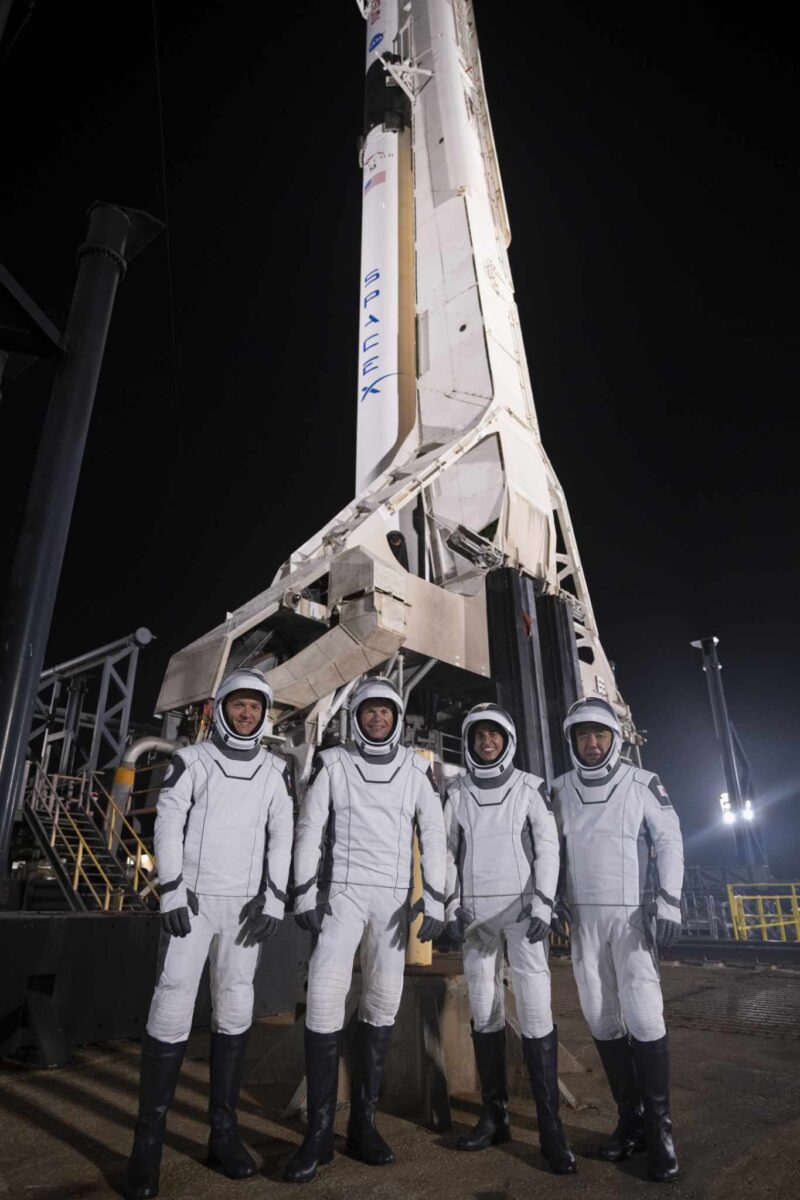
Borisov earned his undergraduate degree in economics from the Russian Academy of Economics, then studied at the University of Warwick in the United Kingdom for a master’s credential in operations research and systems analysis. He later qualified in aircraft construction and as an expert in aviation life-support systems, before being selected by Roscosmos as a “test cosmonaut” in August 2018.
Moghbeli, Mogensen, Furukawa and Borisov arrived at KSC last Sunday and participated in a “Dry Dress Rehearsal” on Tuesday, donning their customized SpaceX launch and entry suits and traveling out to historic Pad 39A to strap aboard their Dragon Endurance crew ship and complete ingress, egress and communications exercises. Their Falcon 9 was later put through a Static Fire Test of its nine Merlin 1D+ engines on Tuesday, as is customary before a booster’s maiden outing.
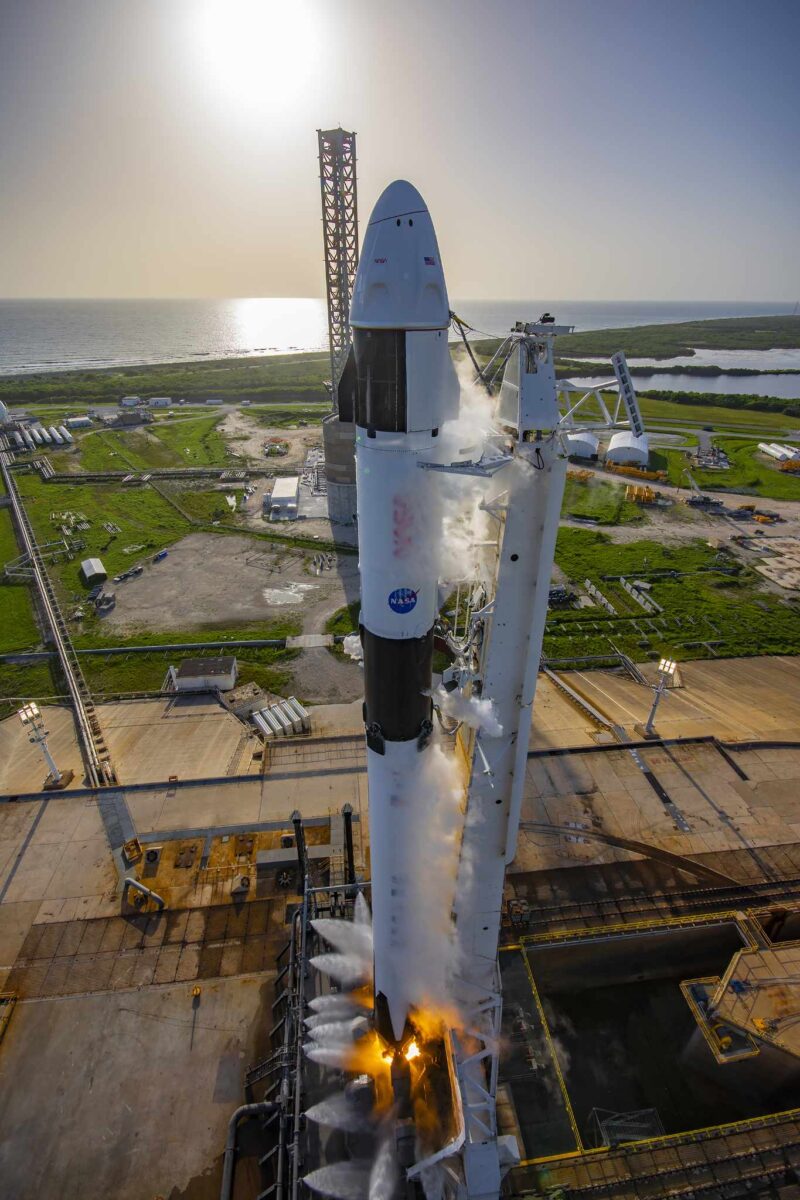
As outlined yesterday by AmericaSpace, Crew-7 has three back-to-back launch opportunities—at 3:49 a.m. EDT Friday, 3:27 a.m. EDT Saturday and 3:04 a.m. EDT Sunday—with weather conditions expected to be broadly favorable, around 85 percent for the opening attempt and improving to 90 percent over the weekend. Potential showers and a risk of violating the Cumulus Cloud Rule are the main areas of concern.
After launch, Dragon Endurance will spend about 22 hours in transit, before docking at Harmony’s zenith port at 2:02 a.m. EDT Saturday. After a couple hours of pressurization and leak checks, hatches into the orbital complex will be opened and the new arrivals will be welcomed by Expedition 69 Commander Sergei Prokopyev, his Russian crewmates Dmitri Petelin and Andrei Fedyayev, Sultan Al-Neyadi of the United Arab Emirates (UAE) and U.S. astronauts Frank Rubio, Steve Bowen and Warren “Woody” Hoburg.
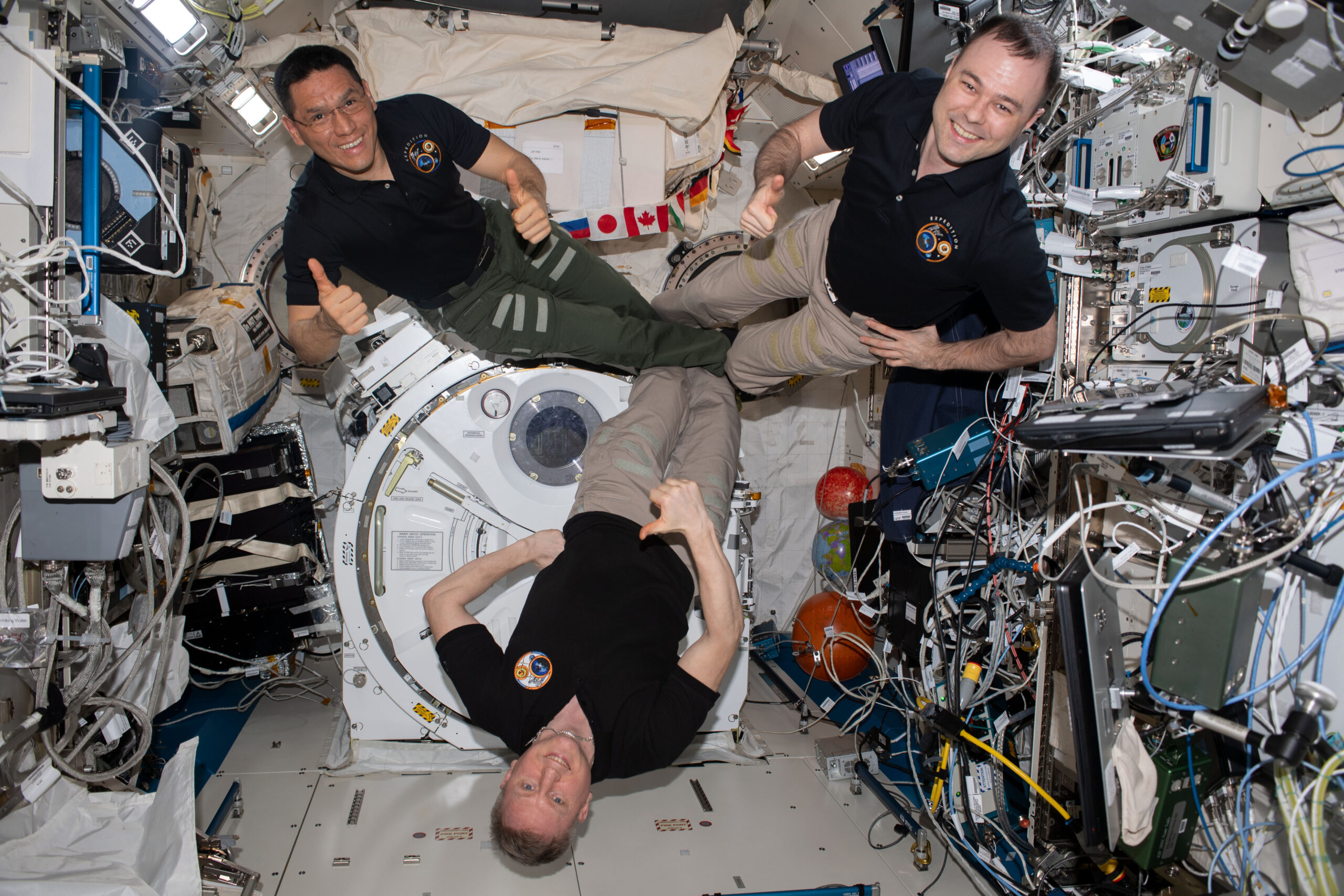
The eleven-strong crew will work together for a few days, before Bowen, Hoburg, Al-Neyadi and Fedyayev board Dragon Endeavour and return to Earth, no sooner than Friday, 1 September, to wrap up more than 183 days in orbit. Moghbeli’s crew will then form part of Expedition 69, as Prokopyev, Petelin and Rubio near a full year in space, having launched to the ISS for a planned six-month increment, back in September 2022.
But a leak in their Soyuz MS-22 spacecraft led to a replacement vehicle being flown earlier this year and Prokopyev, Petelin and Rubio’s stay was extended to an anticipated 370 days, with landing expected aboard the “replacement” Soyuz MS-23 on 27 September. Although Russian cosmonauts have previously spent more than a year in orbit, Rubio will eclipse fellow countryman Mark Vande Hei to become the first U.S. astronaut to log a continuous 365 days on a single mission.
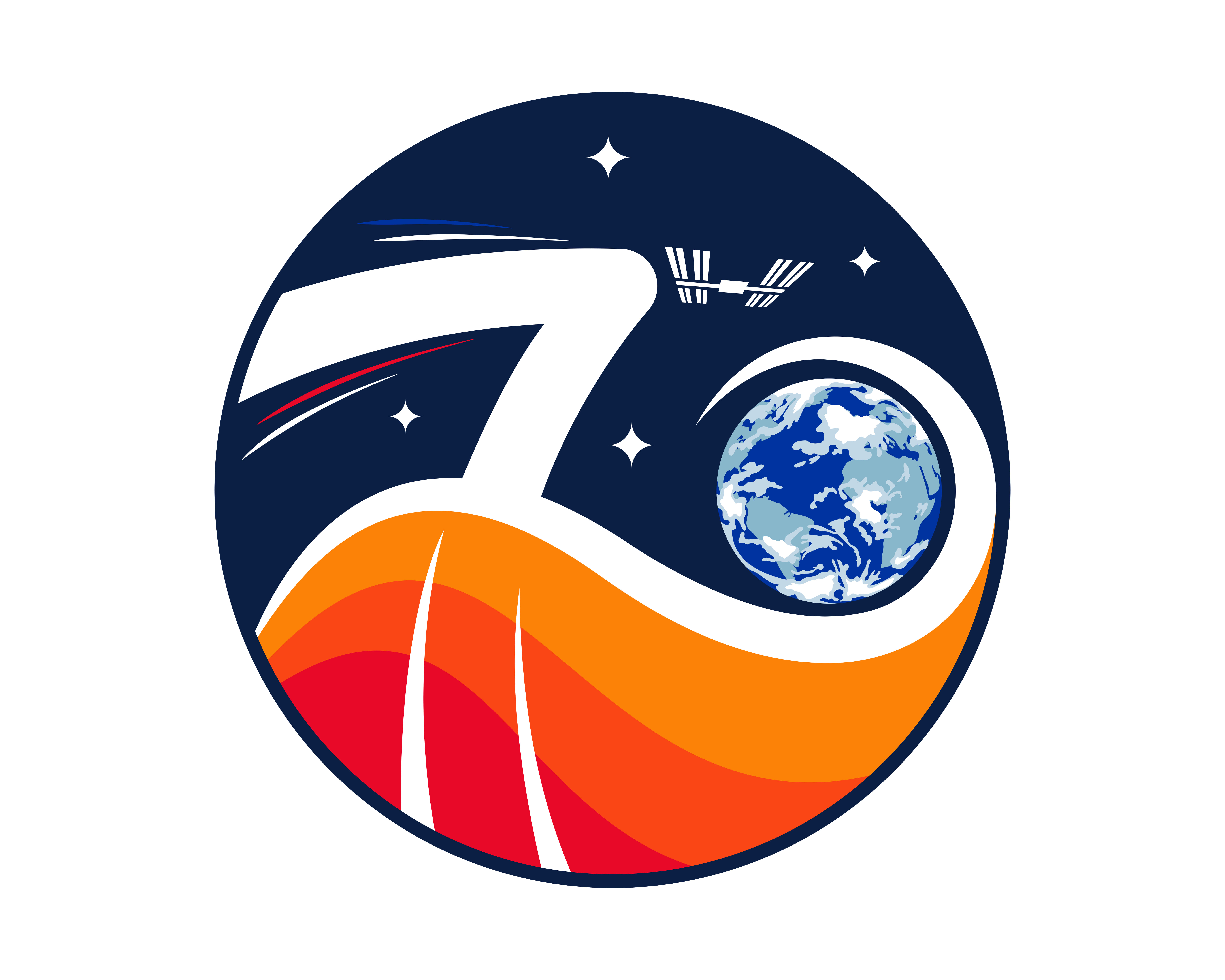
On 15 September, Soyuz MS-24 will rise from Kazakhstan’s Baikonur Cosmodrome, carrying a new crew of Russian cosmonauts Oleg Kononenko and Nikolai Chub, together with NASA’s Loral O’Hara. And with the departure of Prokopyev, Petelin and Rubio on the 27th, Expedition 69 will end and Expedition 70 will begin, under the command of Mogensen, the first Dane ever to lead a station crew.
Their six-month expedition promises to be a busy one, with around 300 scheduled experiments—including 81 “new” investigations—and the seven-strong crew will welcome or bid farewell to multiple crewed and uncrewed visitors. In late October, Northrop Grumman Corp.’s NG-19 Cygnus will depart the station after almost three months, with SpaceX’s CRS-29 Cargo Dragon due to arrive early in November for a month-long research stay, laden with time-critical experiments.
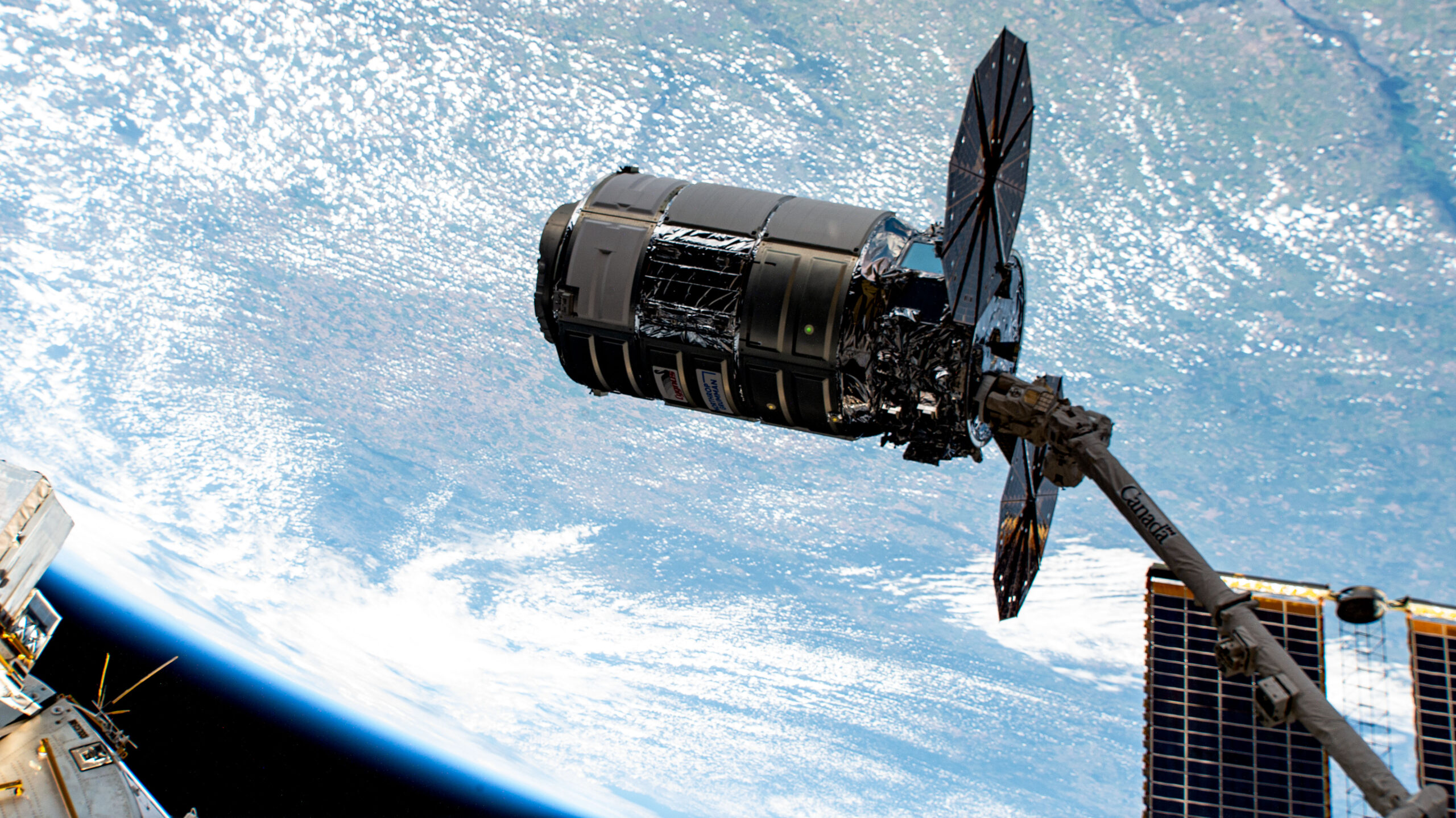
Another Cygnus, NG-20—launched, for the first time, atop a SpaceX Falcon 9—is expected to fly in December, with the AxiomSpace, Inc.-led Ax-3 all-private crew slated to ride a Crew Dragon into orbit as early as January. Up to two sessions of Extravehicular Activity (EVA) are planned from the Russian Operational Segment (ROS) by Kononenko and Chub to continue outfitting the Nauka (“Science”) lab.
With Moghbeli’s crew expected to remain in orbit through February, and O’Hara returning home in late March, current planning envisages Kononenko and Chub staying aboard the ISS for a full year, through September 2024. And with Kononenko already a four-flight veteran, with 736 days in space—the world’s sixth most experienced spacefarer—another year added to his tally will see him eclipse 878-day record-holder Gennadi Padalka to become the first human to pass 1,000 cumulative days off the planet.




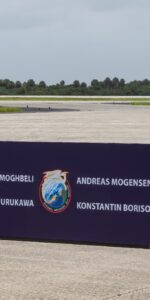
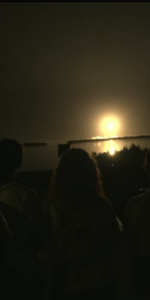
4 Comments
4 Pings & Trackbacks
Pingback:Crew-7 Launches, Four Nations En-Route to Space Station - AmericaSpace
Pingback:After Crew-7, Space Coast Looks to Upcoming SpaceX, ULA Launches - AmericaSpace
Pingback:CRS-29 Cargo Dragon to Ferry Science, Supplies to Space Station - AmericaSpace
Pingback:Newest Falcon 9 Launches Science, Supplies to Space Station - AmericaSpace